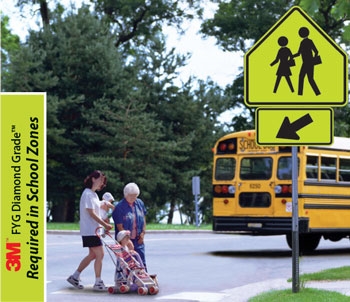Are traffic signs the same all over the world? Although there are small differences, the shapes, colors, and symbols are similar enough for communication. No matter what country you’re in or the language you speak, it’s critical to be able to interpret road signs immediately. There’s no time for confusion when you’re driving at high speeds. So, are traffic signs the same all over the world? Not completely—but they’re close enough to get the message...

Welcome to the Custom Product News Feed
The CPC Newsfeed includes industry and safety news, product features, new products and product videos.
Newsfeed Topics
In depth articles on MUTCD compliancy, low cost safety measures, explanation of products, product introductions and overviews, industry insights and more.

Five Sided Yellow Signs | Fluorescent Yellow Green Signs | School Warning Signs
Learn the history of how florescent five sided yellow-green signs became the official sign template for school zone warning signs. Read more at CPC Signs. Fluorescent Yellow-Green Signs The color most important to know, by far, is Fluorescent Yellow-Green, also known as FYG to traffic sign manufacturers. The specially engineered color is reserved among all traffic signs to alert drivers to school zones. It’s not the yellow with an orange tint that you see on more general warning signs, such as railroad crossings, no-passing zones, or to indicate an impending merge. It’s not the yellow you see on a school bus, either—that’s known as National School Bus Glossy Yellow. FYG is an entirely different hue. The History of a Color School warning signs are Fluorescent Yellow-Green to ensure they are never mistaken for something else. The neon-like yellow materials weren’t durable enough for long-term signage until the early 1990s. FYG...



